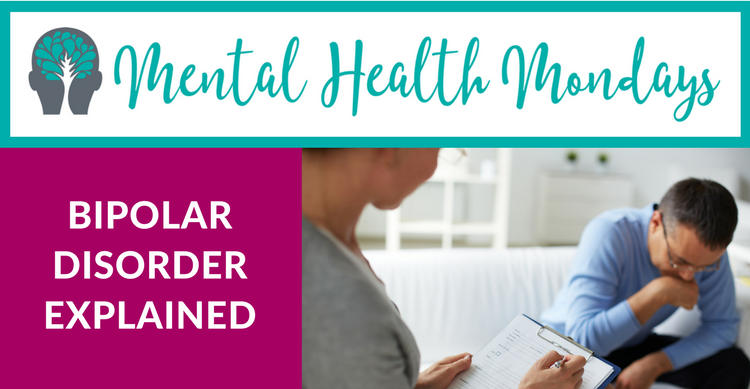By Dr. Josepha Immanuel, Psychiatrist
At least once a week a new patient will respond, “I’m bipolar” when asked about their symptoms and the reason for their visit. They usually describe a history of being happy one minute then sad or angry the next. In everyday conversations, having mood swings is often equated with being bipolar, but bipolar disorder is more complex than just mood swings.
What is bipolar disorder?
Bipolar disorder is a mood disorder that, according to the National Institute of Mental Health, affects more than 2 percent of U.S. adults There are two main subtypes: bipolar I disorder and bipolar II disorder. Bipolar I affects men and women equally; while bipolar II affects more women than men.

What are the symptoms of Bipolar disorder?
In order to have a bipolar diagnosis, a person must have at least one episode of mania/hypomania and depression.
Bipolar I disorder consists of distinct episodes of mania and depression.
A person with mania will display a combination of the following symptoms for at least 1 week: a persistent and abnormally elevated or irritable mood, plus at least three of the following symptoms: an inflated self-esteem; decreased need or desire for sleep; increased talkativeness or an internal pressure to keep talking; flight of ideas; easy distractibility; increased goal-directed activity; and excessive involvement in high-consequence activities (e.g. unrestrained shopping sprees).
Bipolar II disorder includes episodes of depression and hypomania (a less severe form of mania that lasts at least 4 consecutive days).
Suicide rates are high in patients with bipolar disorder and are more likely to occur in the depressive or mixed state. In fact, the American Psychiatric Association guidelines reports that suicide occurs in about 10-to-15 percent of patients with bipolar I disorder.
What causes bipolar disorder?
There is no singular cause of bipolar disorder but there are risk factors such as early onset depression, family history of bipolar disorder, depression with psychosis and manic/hypomanic symptoms after antidepressant use. These all increase the likelihood of having bipolar disorder.
How is bipolar disorder treated?
Treatments are customized to the patient’s individual needs and may include medications (antipsychotics and/or mood stabilizers), therapy (usually in addition to medication) or procedures like electroconvulsive therapy.
In certain states of bipolar disorder, such as mania or severe depression, hospitalization can be part of the treatment plan.
If you are dealing with bipolar disorder and want more resources, the National Alliance on Mental Illness can be helpful.

